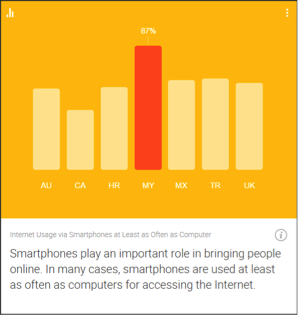
As a society, we are more connected now than we’ve ever been. Consumers are constantly using their smartphones when they’re on-the-go to surf the internet, look for discounts, manage shopping and to-do lists, and ultimately make purchases. In fact, per recent data from Google’s Consumer Barometer, consumers nowadays are using their smartphones equally as often as computers to access the internet.
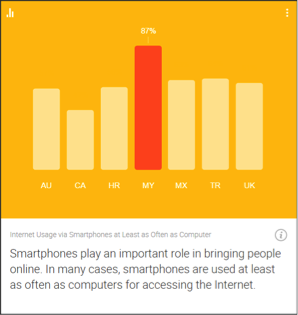
Source: Consumer Barometer with Google – The Connected Consumer Survey 2014 / 2015
The internet in general plays a critical role throughout the customer journey, regardless of product category. Consequently, it has become increasingly more imperative that businesses have a well-integrated marketing strategy that yields a seamless user experience. Smartphones used to be a great tool for researching products prior to purchase, and while they still are, they have started to also play a more substantial role in the actual purchase itself.
Looking at the data from Google’s Consumer Barometer, it’s apparent that a large percentage of consumers are using their smartphones to access the internet and do research prior to making a purchase. Interestingly, there’s data that supports the fact that online research often provides enough information for consumers to feel fully prepared to make their purchase offline immediately after researching online.
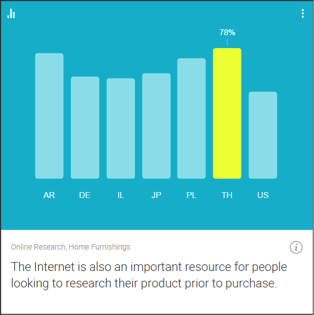
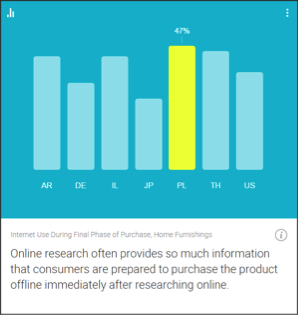
Source: Consumer Barometer with Google – The Connected Consumer Survey 2014 / 2015
So, what does this all mean? It means that there is a critical touchpoint in the customer journey between the end of the research phase and the beginning of the purchase phase. Businesses that don’t provide their customers with a seamless transition between research and purchase are increasing the odds of site abandonment and subsequently a decrease in purchases and online sales. Conversely, if businesses provide a smooth transition across these key touchpoints, they’re most likely going to see an increase in online purchases and sales. Additionally, providing a seamless and pleasant user experience will certainly boost things such as customer satisfaction and customer retention.
So, what can companies do to avoid this issue? Well, just ask tech giants like Facebook, Twitter, and Google, because they’re leading the way. These companies are unveiling a feature referred to as the ‘Buy’ button – which essentially allows them to host branded shopping pages for retailers that will let customers make purchases directly from the app they’re in. For example, imagine you were in the Facebook app just looking through your news feed and you saw an advertisement for a cool watch. You could tap on the advertisement and read all about the watch, then after you’ve decided you have a sufficient amount of information to make the purchase, you could do so directly from the Facebook app. Instead of having to leave the Facebook app to go to the merchant’s website, you could simply tap on the ‘Buy’ button and complete your purchase using new or previously stored payment information that is tied to your Facebook profile. That’s an example of how Facebook is bridging the gap and providing consumers with a smooth transition between the research and purchase touchpoints. Twitter and Google are doing virtually the same thing.
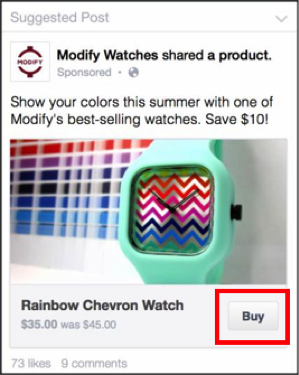
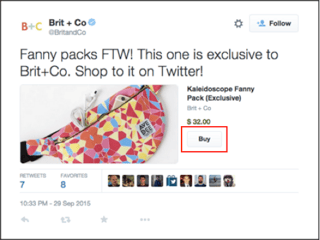
What does this new feature mean for e-commerce usability? Well, it’s a major luxury and a nice upgrade to the customer journey. It benefits consumers by providing a quicker and more seamless method of shopping online and benefits businesses because customers will successfully complete more online purchases, which would have an immediate positive impact on sales. Additionally, by providing customers with a more seamless and pleasant user experience, businesses will surely see increases in repeat business and customer retention.
You can read more about the new ‘Buy’ button by Facebook, Twitter, and Google here.
READ MORE: Creating a Successful User Experience for Your Mobile Offering , Top 10 Considerations When Designing mCommerce Experiences for Millenials, Checking Out is Fun to Do! Gamifying the Check Out Experience







Comments
Add Comment